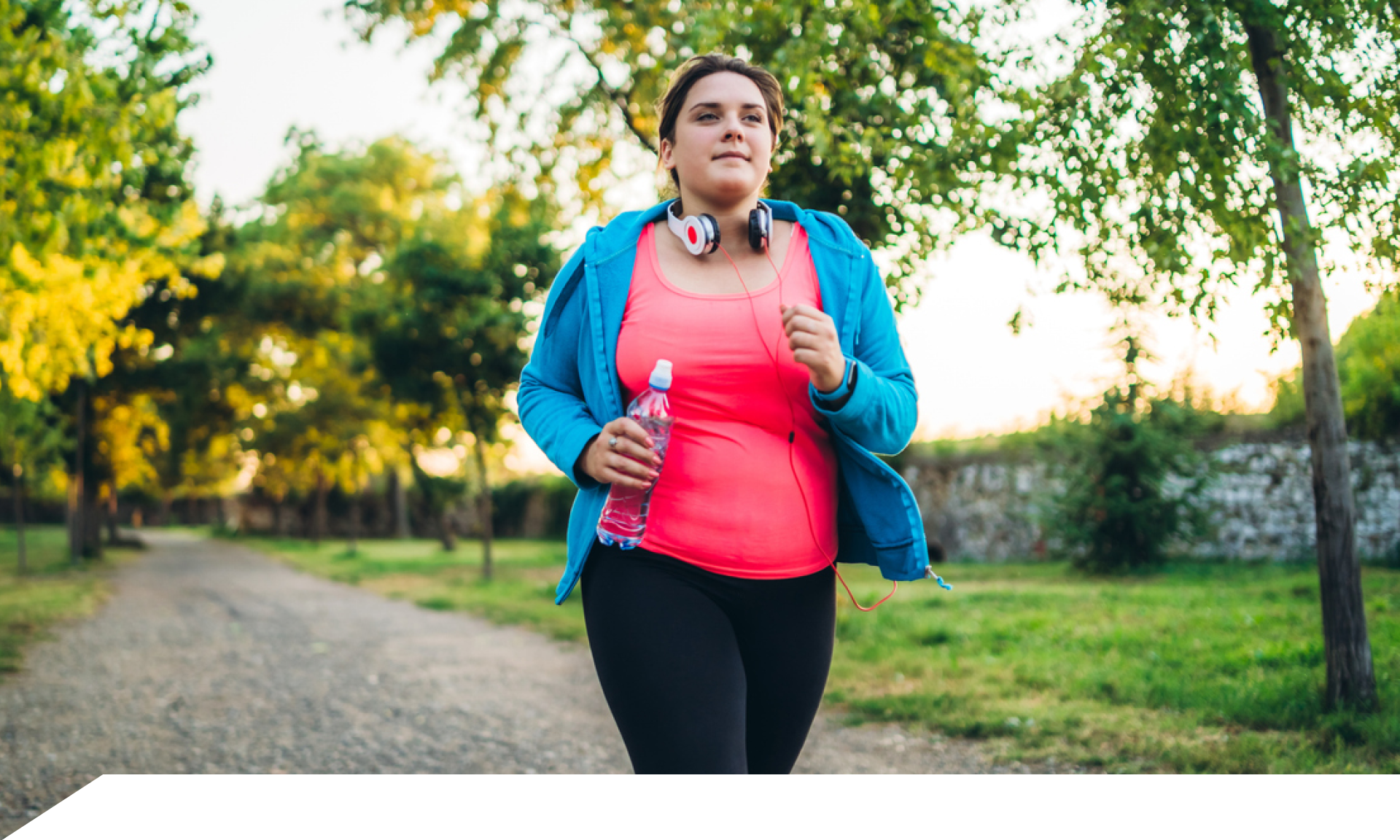Editor's Note
Welcome back. In honor of Earth Day next week, we're focusing on the great outdoors — and how to embrace it. If, like me, you associate nature with bugs, humidity, and worsening allergies, don’t be discouraged. You can try the latest trending racket sport (that’s not pickleball), become a birder, or even spend some time in total darkness. As for me? I'll be in an outdoor hot tub (wearing sunscreen, of course), listening to these podcasts, and letting my plants heal me.
— Sami Roberts / Writer / Denver, CO
Well, Well, Well...

News, tips, and trends to help you feel more connected to nature.
Being outdoorsy is all fun and games…until you notice you’re the only person of color. One woman is trying to fix that.
Coral reefs are crucial to our health and safety on the planet, and many are dying — but not this one. We'll take any good climate news we can get.
Step aside, caskets and cremations: Some people are choosing a more natural burial option. Waste not.
If going to therapy feels monotonous, take your sessions outdoors. Or, ditch your therapist for a horse.
Suggestions for your travel bucket list: The number-one glamping destination, an iconic road trip, and these quieter alternatives to popular national parks. Your mental health will thank you.
We Have to Talk About...

You Probably Have "Nature Deficit Disorder"
You might not think you’re disconnected from nature — but you may be stuck inside more than you realize. From working 9 to 5 to doomscrolling on the couch, “people spend about 90% of their time indoors,” says Patricia Hasbach, a licensed psychotherapist and ecotherapist.
Enter: “nature deficit disorder” — a term coined by journalist Richard Louv that describes the health consequences children face from lack of nature exposure. But we're guessing it impacts adults too.
Why we’re all indoor cats now
It started with the Industrial Revolution, says Hasbach. Some 200 years later, we’re working, shopping, exercising, and socializing from home. Our daily average of over six hours of screen time doesn’t help. Then COVID made inside the safest place to be — a habit that stuck a little too well for some. But “there's a certain price to be paid if we're not interacting with the natural world,” says Hasbach. That includes:
A sedentary lifestyle, which can increase your risk of heart disease, high blood pressure, stroke, and some cancers.
Myopia from looking at screens
This isn’t all on you, though. “Some people don't have easy access to safe places where they can get out and walk,” says Hasbach. And it’s no secret that the outdoors isn’t always accessible enough.
Why can’t we just be with our screens in peace?
Not to sunshine-guilt-trip you, but it’s not doing you any favors. One study found that exposure to nature improved prison inmates’ mental health. Other research found improvement in cognitive function, blood pressure, sleep, and burnout. Just watching nature videos had a therapeutic effect on hospital patients. And listening to bird sounds can do wonders for your mental health.
Your move
Get away from home. That can mean taking a long walk or going on a nature-forward trip (like a beach, lake, or mountain), which can give you a break from “daily stresses,” says Hasbach. A getaway isn’t always realistic, so…
Practice “soft fascination.” Notice the nature around you, whether that’s birds outside your window or the trees on your street.
Get some plants. You may need a green thumb for this — but a sure-fire way to get in touch with nature is to literally grow it in your home.
Find a form of outdoorsiness you enjoy. Don’t force yourself to like camping if it’s not your thing. Experiment with soft hiking, a new sport, or simply lounging in a park.
Ask an Expert

Last week, we asked you to vote on a question to answer. The winner was:
Is my daily hot girl walk enough of a workout?
FEATURED EXPERT:

Robin Arzón
VP of fitness programming and head instructor at Peloton, and author of “Shut Up and Run" and "The Pivot" newsletter.
Arzón calls daily walks "amazing." Emphasis on daily. "I care much more about the consistency of someone's movement practice rather than the intensity," she says.
But you can get more out of your outdoor walks by “taking hills, elevation changes, power walking, something that is getting you to that breathless place. That's really going to contribute to heart health,” she says. Plus, you may want to “incorporate at least two or three sessions a week of strength training, picking up weights, and allowing resistance training to really create that appropriate stimulus.”
PS: Arzón's tip for staying consistent with your walks? Habit-stacking.
Well Spent

We’re sharing our favorite products to help you live a healthier life…outside.
Before you head out...
Pop on this sunscreen serum. Then go foraging and cook what you find. And, as always, keep yourself safe while you run or walk.
Quote of the Week

"Gökotta"
The Swedish ritual of getting up when the sun rises to appreciate nature and stillness. But can we still do this when the sun *sets*?
Live Smarter
Sign up for the Daily Skimm email newsletter. Delivered to your inbox every morning and prepares you for your day in minutes.





